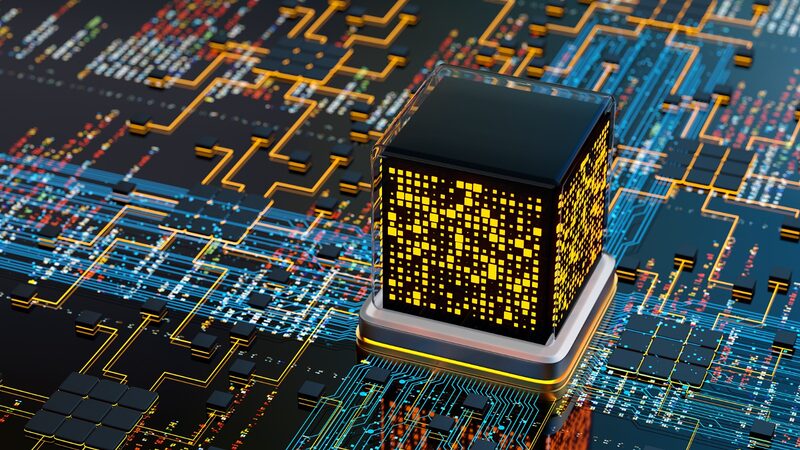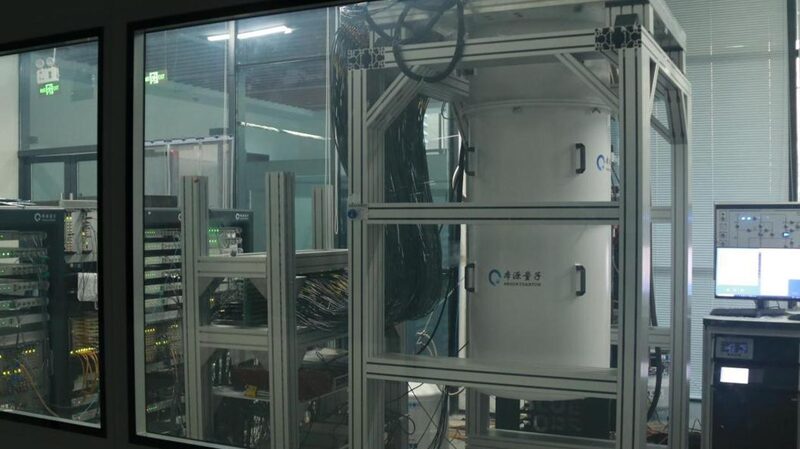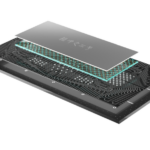A team of researchers from the University of Science and Technology of China has reported a significant breakthrough in quantum simulation by observing the antiferromagnetic phase transition in a large and uniform quantum simulator. Their study was published in the journal Nature.
This achievement marks the first time that the simulation of the fermionic Hubbard model has been realized beyond the capabilities of classical computers, utilizing ultracold atomic quantum simulators. The fermionic Hubbard model is fundamental in understanding complex quantum materials and phenomena.
Professor Chen Yu’ao, a member of the research team, contextualized this progress within the broader goals of quantum computing. “The international academic community has set three stages for the development of quantum computing,” he said. “The first-level goal has been reached with the launch of platforms like Google’s ‘Sycamore,’ our ‘Jiuzhang’ series, and the ‘Zuchongzhi’ quantum computers.”
“Our current primary research goal, the second stage, is to realize dedicated quantum simulators for solving important scientific problems, such as the fermionic Hubbard model,” Chen continued. “Constructing a quantum simulator to verify phenomena like antiferromagnetic phase transitions is the first step toward achieving a dedicated quantum simulator capable of solving the fermionic Hubbard model. The third-stage goal is to achieve fault-tolerant universal quantum computers with the assistance of quantum error correction.”
Building on previous research, the team developed flat-top optical lattice technology, which allows for precise control of parameters such as strength, temperature, and doping concentration. This advancement enabled them to directly observe conclusive evidence of the antiferromagnetic phase transition in the fermionic Hubbard model under doping conditions for the first time.
Reference(s):
Antiferromagnetic phase transition observed in fermionic Hubbard model
cgtn.com







